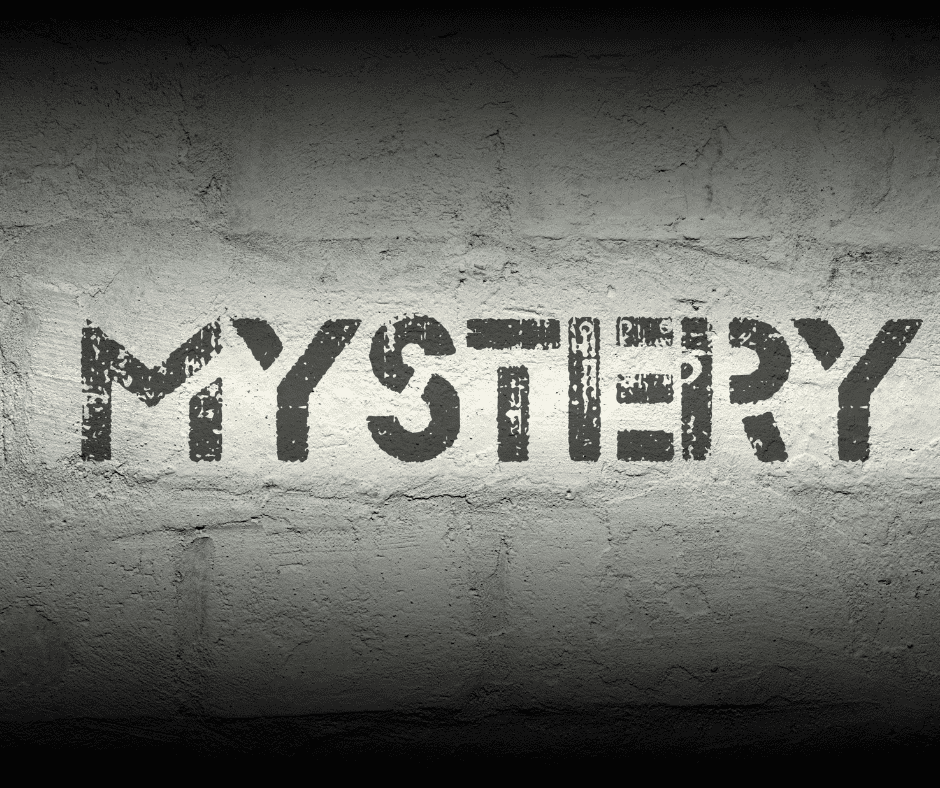When you begin self-editing your story, it is important to have a method for editing your book. It is helpful to know what an editor looks for in a mystery novel. This knowledge helps you to build a strong foundation for your manuscript and achieve a higher return on your investment from your professional editor.
What is a mystery?
A mystery is a “whodunit” story where we search for who committed the crime. The central conflict revolves around the investigation and the key characters. It is the quest to solve the mystery which creates the adventure for your book.
Mystery drives the story arc while engaging your readers. Your audience actively joins the quest to help solve the mystery and search for the unknown. If you do this right, you can create a series of books for your growing audience and writing career.
How does an editor evaluate a mystery?
Your developmental editor begins with the basics of assessing your characters, plot, and setting. This is then followed by an in-depth evaluation of each scene using a checklist of story elements necessary to narrative fiction. The key to success is creating a strong foundation for your story arc.
What characters are essential?
Mystery novels are driven by strong, believable protagonists who serve as our sleuth. The sleuth is our investigator and guides us through the crime scene and the events surrounding it. Remember, your protagonist’s job is to solve the crime while engaging your readers to participate virtually and cheer for them.
Your sleuth needs to have a strong backstory to connect them to the crime or killer within the manuscript. They need a valid motive for solving this puzzle. Evaluate each scene according to the key character elements so that you create a strong character arc.
In addition to your sleuth, mystery requires you create potential suspects while searching for the villain. Focus on unique personalities, alibis, motives, and quirks to create intrigue and suspense via your characters. Remember to successfully reveal your villain in the climax and follow-up with satisfactory reveals and a general tie up of loose ends.
What is key to a mystery’s plot?
Plot means the events in your story arc. In mystery, it is essential to support your plot by creating strong pacing which is unique to this genre. As a mystery writer, you can effectively pace your writing via plot, diction, syntax, and dialogue.
Reveal the events of your plot in a strategic and effective manner to engage your audience. Meanwhile, using strong diction in your writing means becoming a wordsmith. Use appropriate words within your mystery genre to satisfy your audience.
You then need to strategically organize your words and phrases to create the syntax common to mystery. One of many ways you can achieve this is through the use of dialogue. The interaction between your characters via dialogue helps build suspense. Mixing this with internal monologues, backstory, and various motives, you can provide a wicked web of deception, insights, misleads, and eventual reveals. Your readers are eagerly awaiting this.
Pacing builds via narrative momentum. The pace picks up near the climax. Remember to provide a satisfactory solution to your mystery. An effective resolution includes an end with complete alibis and no loose ends. Keep your audience’s trust and they will follow to your next book.
How is setting important?
Mystery is built upon a crime. The details of this crime create your setting. So design this effectively throughout your story arc. Your readers are following along in the investigation, so remember to “how not tell” the various clues.
Setting is the backdrop of your story. Mystery setting is characterized by the time and the place of the crime. Use key locations for specific plot points. And remember to create an effective mood via the setting.
CLUES
Clues are your story’s foundation. When self-editing, review your clues in-depth. Make a list of all the clues necessary and provided. Outline when these clues appear and match those to your story arc so that nothing is overlooked. Last, note who knows what and when. Your characters’ knowledge within specific scenes must match the intended plot line to drive the story arc forward.
Clues need to be interspersed with misdirection for reader suspense. Be careful to add what’s needed to misdirect your audience without overloading or complicating the setting. Sprinkle in some intrigue, such as a little scheme or conspiracy can be considered, depending upon your genre and focus.
Mystery readers love red herrings. These are false clues which build tension and strategically distract them from the real culprit. Red herrings are fun and an essential ingredient to successful mystery novels.
What is necessary?
After reviewing the primary areas of characters, plot, and setting, you can dig into the fine details of your story arc. We recommend reviewing your story elements. In mystery, use such elements as foreshadowing, cliffhangers, and strong hooks for the scene entry and exit. Draw your readers into a deep and addictive story.
Mystery stories are a unique genre which require specific details and deliveries. Ensure you learn how to effectively deliver the key story ingredients. Furthermore, ensure you hire an experienced and successful mystery editor for your novel.
We provide developmental story editing by Certified Story Coaches who review over 38 different elements of your story. This objective list is used for every scene throughout your mystery.
Compare the 38 Story Elements with your story now. Each element is described in about 5 minutes.



















